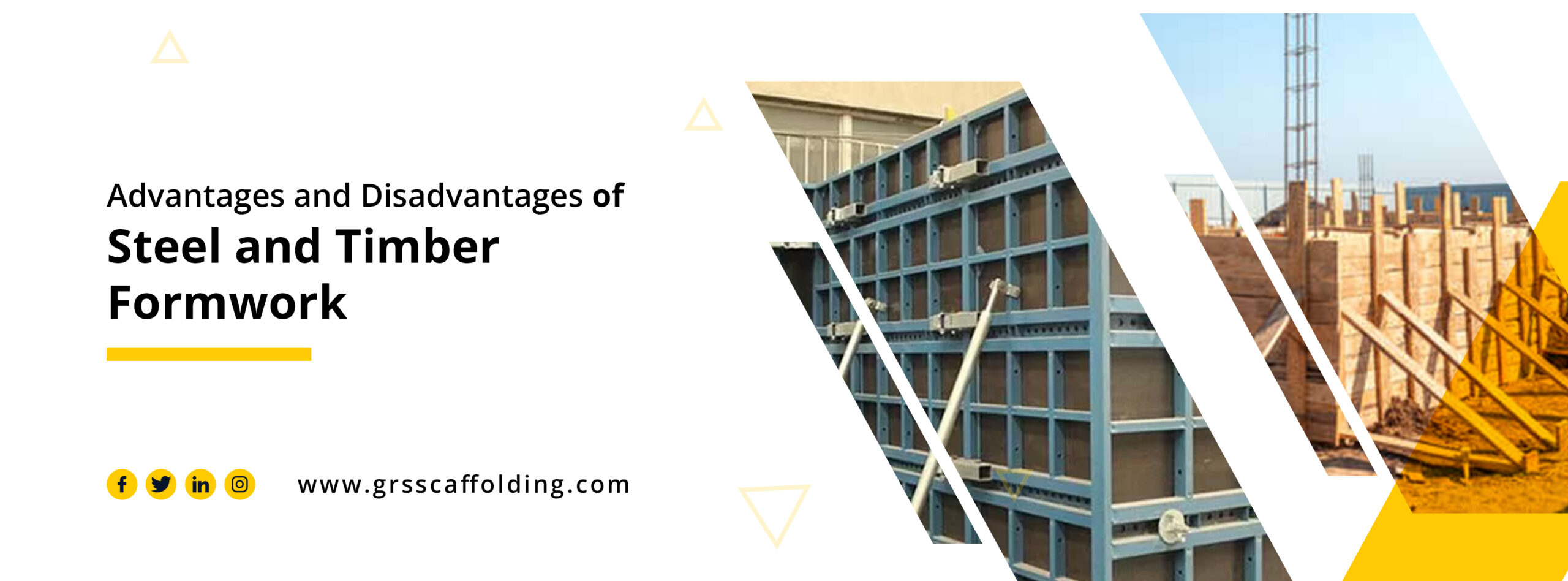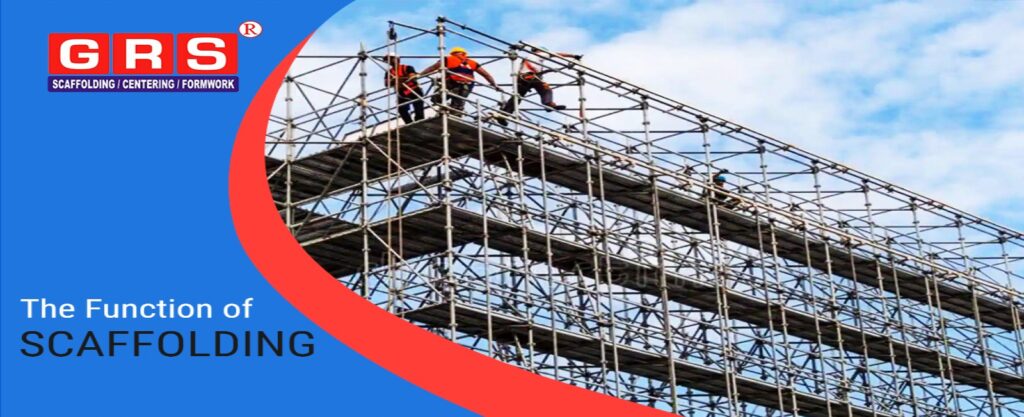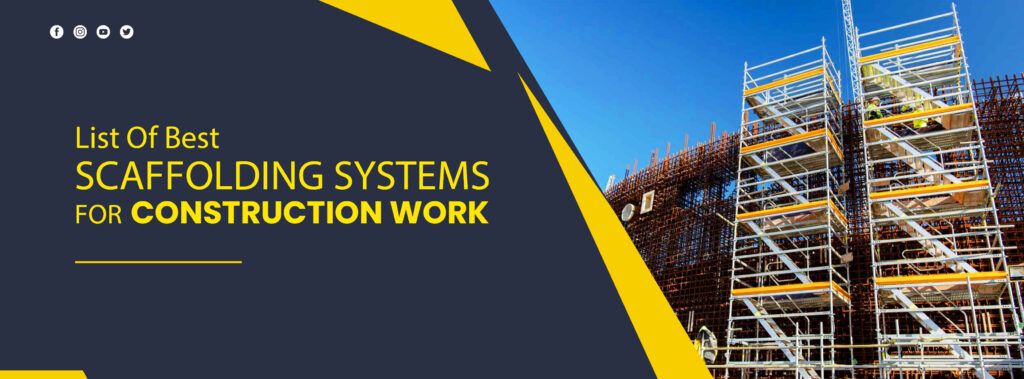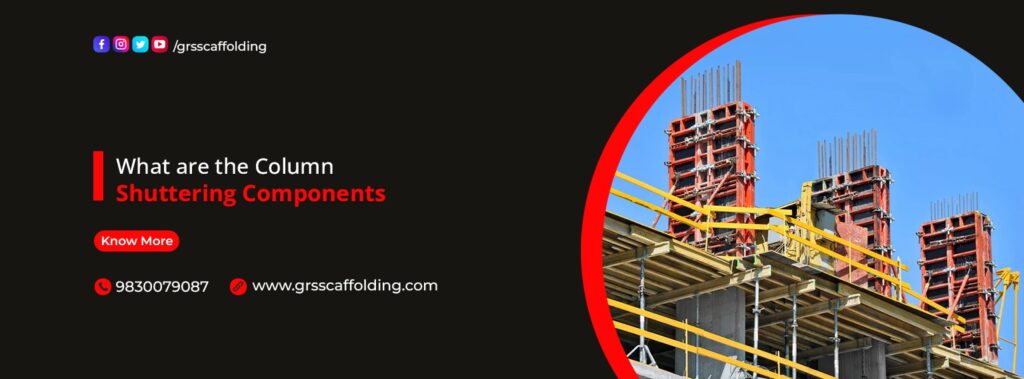A construction project is never complete without a formwork, whether it’s made from steel, wood, or aluminium, because it’s the core part responsible for delivering the concrete its desired shape using a temporary mould. The concrete develops the much-desired strength to keep its shape after being set in the mould for a long time.
Steel and wood are both essential components of construction to give a great working surface to a construction but both have certain advantage and disadvantage. In this post we are describing both.
Pros and Cons of Both Timer And Steel Formwork
Advantages of timber formwork
- Timber formwork are Very flexible in Nature
- Timber has a high thermal resilience, preventing concrete degradation in colder climates.
- Timber formwork are light weight so it is easy handle.
- Timber formwork are also easy to disassemble.
- Skilled workers are not required for this formwork construction
- It can easy to remove damaged parts of formwork with new one.
Disadvantage of Timer Formwork
- Timber formwork Can’t be used for long and it have limited re-use facilities like 4 to 6 only.
- If the timber is dry, it will absorb moisture from wet concrete which could weaken the resultant concrete member.
- Timber with high moisture content (more than 20 % moisture content), wet concrete will shrink & cup leading to open joints & leakage of grout.
Steel Formwork
Steel formwork are number one material which can be utilised in a construction work. It is preferable of all constructor. It is highly expensive, but it can be used more times than others. Also steel fromwork is extremely strong and safe for large scale of construction work.
Advantage of Steel Fromwork
- Steel formwork are very strong so it is able to carry heavy load on it.
- Steel formwork are easy to fixed.
- Steel formwork have uniform size and surface.
- Steel formwork can be used for a very long period of time.
Disadvantages of steel formwork
- Steel formwork are high cost material
- Steel formwork have limited size and shape.
- Steel formwork have excessive loss of heat.
- Steel formwork are very smooth surface which would gives a problems for finishing process.
FAQ Related the Post-
Generally timber, steel, aluminum and plywood are the common material that are used in formwork but Steel is the best material among which is the best for Formwork.
Steel formwork is a type of steel frame that is used to build structures. It is commonly used in construction projects (Big or Small) where concrete is not feasible due to its weight or cost. Steel formwork is often used in commercial buildings, bridges, dams, and skyscrapers. In addition to being strong, it is also lightweight and durable. It consists of metal panels that are connected together using steel rods. These panels are then placed over concrete forms, which are temporary structures built around the area where the concrete will be poured.
For optimizing the cost of construction, A formwork is the best and critical elements. It is also helpful to reduce the time to complete the project and reduce risk factor in Construction.



